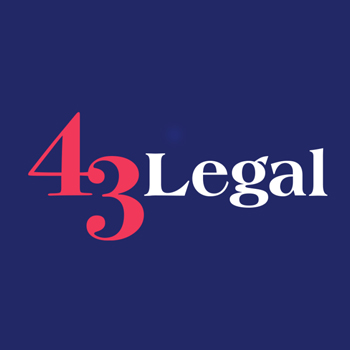A Step By Step Guide To Recovering A Disputed Business Debt
Disputed Business Debt Recovery – A Step By Step Guide
Recovery of a disputed business debt is not a task most business owners relish because precious time and energy must be employed to justify all or part of the money owed. However, if you follow the step-by-step guide to disputed business debt recovery below, you can recuperate the funds you are owed and control your stress levels and blood pressure.
Before we look at the steps required for disputed business debt recovery, it is crucial to nail down why recovering business debts is so important. It comes down to one word – cashflow. The cliché’ cash is king’ still holds true, without consistent cashflow, you risk being unable to pay your creditors and make the investments required to grow your organisation. Although it is not the most fun of business tasks, keeping on top of your payment recovery will ensure your business can operate smoothly and avoid insolvency.
Step One – The Informal Approach
All debt recovery processes begin with a series of payment reminders, emails, and phone calls. It would help if you discovered why the debtor will not or cannot pay the invoice. Frustratingly, often when a debtor disputes that they owe part or all of an invoice, their modus operandi is to ignore your communications.
Although recovering a disputed business debt through informal means is always preferable, sometimes it proves impossible. If your phone calls and emails have not elicited a positive result, it is time to move on to step two.
Step Two – Issue formal letter of demand
A formal demand serves as a notification to the debtor, stating they need to settle their outstanding debt within a specific timeframe. If they ignore the letter or fail to pay, you must make clear that you will bring legal action. Thankfully, receiving a demand letter motivates most reluctant payers to reach for their bank/credit cards.
If there is a contractual obligation in the contract between your business and that of the debtors to pay part or all of the contract price, you can rely on the provisions of the Late Payment of Commercial Debts (Interest) Act 1998. This adds an implied term in business-to-business contracts for the supply of goods and services, giving at least 8% a year interest on the price, plus a fixed sum and reasonable costs of recovering the debt. If you have any questions about the Late Payment of Commercial Debts (Interest) Act 1998, talk to a Business Debt Recovery Solicitor.
Step Three – Consider the debtor’s dispute claim
If the debtor does dispute all or part of the business debt, hopefully, the Letter Before Action will encourage them to write to you and state why they disagree with the amount you say they owe. You can now move back to step one and use informal methods such as phone calls and emails to negotiate a settlement. This may involve you making concessions – this will come down to your own commercial judgment regarding whether insisting the entire debt is paid is worth the hassle of moving on to step four.
Step Four – Alternative Dispute Resolution (ADR)
At this point, you have likely instructed a Debt Recovery Solicitor to advise you. Your Solicitor will, whenever possible, try and recover the disputed business debt without resorting to court proceedings. Legal actions are not only time-consuming and costly but also stressful. Your Solicitor will advise you on the various methods of ADR, including negotiation, mediation, adjudication (for construction disputes), and arbitration. They will then help you decide which method/s is likely to resolve your debt dispute in the quickest, cheapest, and most confidential way.
In most cases, debt disputes are settled at this stage. But if alternative dispute resolution methods prove unsuccessful, you need to decide on court proceedings that may become necessary to recover the disputed debt.
Step Five – Commencing Court Proceedings
Your Solicitor will help you decide whether it is worth pursuing court proceedings to secure payment. You will need to consider the amount of the debt, any reputational impacts, and your mental well-being.
Court proceedings must be initiated within six years of the invoice date unless the debtor acknowledges the debt, resetting the time limit. Debts valued at £10,000 or less are assigned to the small claims track, which is faster and more economical but may pose challenges in cost recovery.
Step Six – Obtaining a County Court Judgment (CCJ)
If the debtor fails to respond within 14 days, you can apply for a County Court Judgment (CCJ), also known as a default judgment. This can include the total amount owed, court costs, and interest. Payment within one month is crucial to remove the CCJ from the debtor’s credit record, facilitating future credit access.
Step Seven – Enforcement of the CCJ
Securing a CCJ and receiving payment are distinct processes. Various court-enforced measures can be taken against the debtor. For example, the Court can order the business owner to present their accounts in order to determine a repayment schedule.
Wrapping up
Recovering a disputed business debt does not have to drain your resources. The most crucial step is to get experienced legal advice early on so you do not waste time chasing a debtor who will not engage with your efforts to get paid fairly what you are owed.
To find out more about any matters discussed in this article, please email us at info@43legal.com or phone 0121 249 2400.
The content of this article is for general information only. It is not, and should not be taken as, legal advice. If you require any further information in relation to this article, please contact 43Legal.


